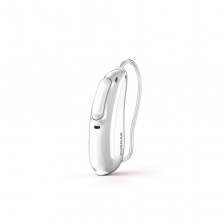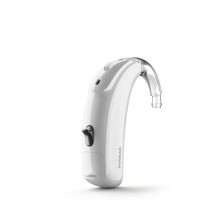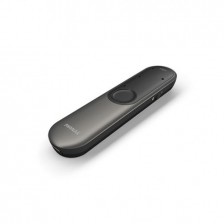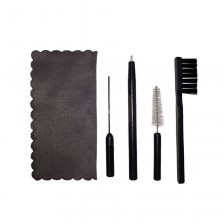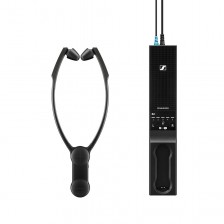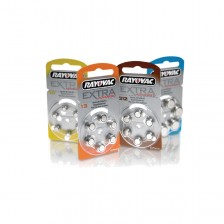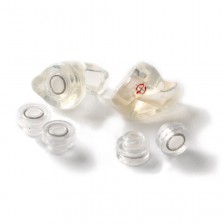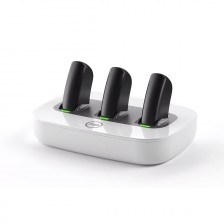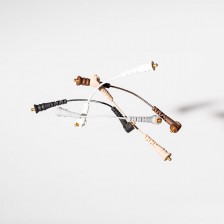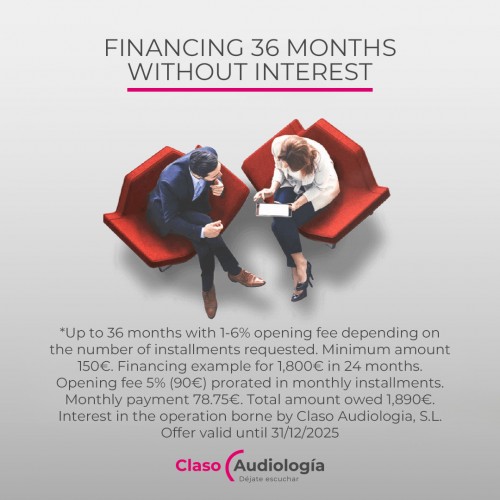Is it better to have a custom hearing or behind the ear?


In the market there are several types of hearing aids that provide different aesthetics to the user. On the one hand, we have custom hearing aids, which are made up of a single piece made to measure that is inserted into the ear. On the other hand, we have behind-the-ear hearing aids, which are those that are located in the back of the ear and have a cable or tube with a mold that is inserted into the ear. When deciding which hearing aid to buy, the future user often wonders which of the two types is better. Today, both types of hearing aids provide virtually identical solutions as they allow the same programming options. For example, the two can point their microphones at the person speaking and reduce surrounding noise. Therefore, this question does not have a single answer as it depends on the case and the specific preferences of the person.

What does the choice depend on?
Starting from the basis that the user will prefer one or the other according to their aesthetic tastes, there are other factors that can influence when choosing the type of hearing aid:
- Required power: custom hearing aids have a small power limitation that does not allow them to cover the deepest losses. If your loss is around 90 db, an custom may not be recommended as it may not be able to give you all the volume you need.
- Physiology of the ear: there are also cases in which, despite not having any audiological impediment, we find a physical problem. An extremely small ear canal or one with some kind of malformation can complicate the manufacture of a custom hearing aid and even prevent its use.
- Comfort of use: for example, some people find it easier to put on a custom while others find it easier with a behind-the-ear. There are also cases where the user prefers a somewhat larger hearing aid since he has problems handling a small hearing aid.
How do I make this decision?
The decision should be yours but, at Claso, we recommend that you consult a professional audiologist. They will be able to explain the strengths and weaknesses you may find with both types of hearing aids from the perspective of your particular case. A good professional should be able to guide you so that you can decide on the option that best suits your needs and tastes.


